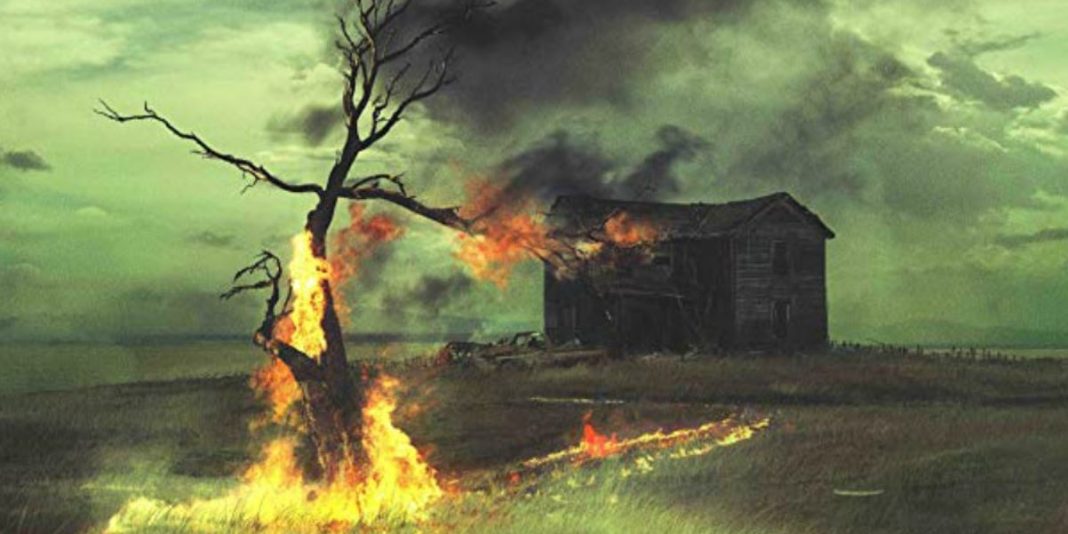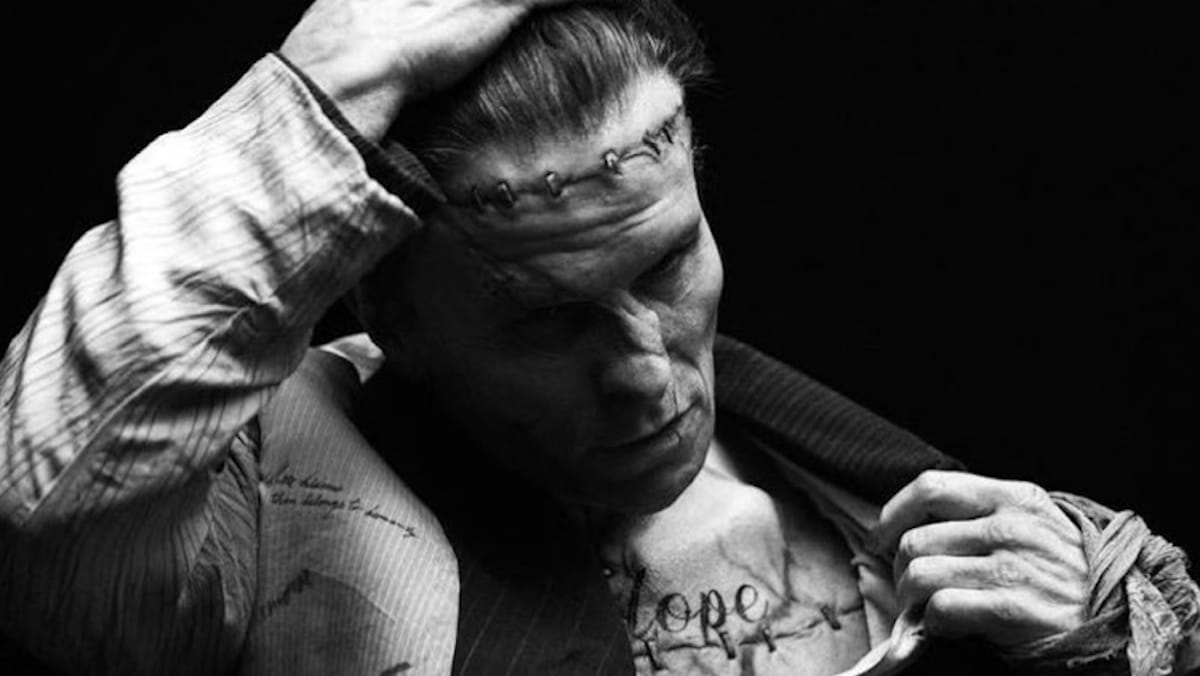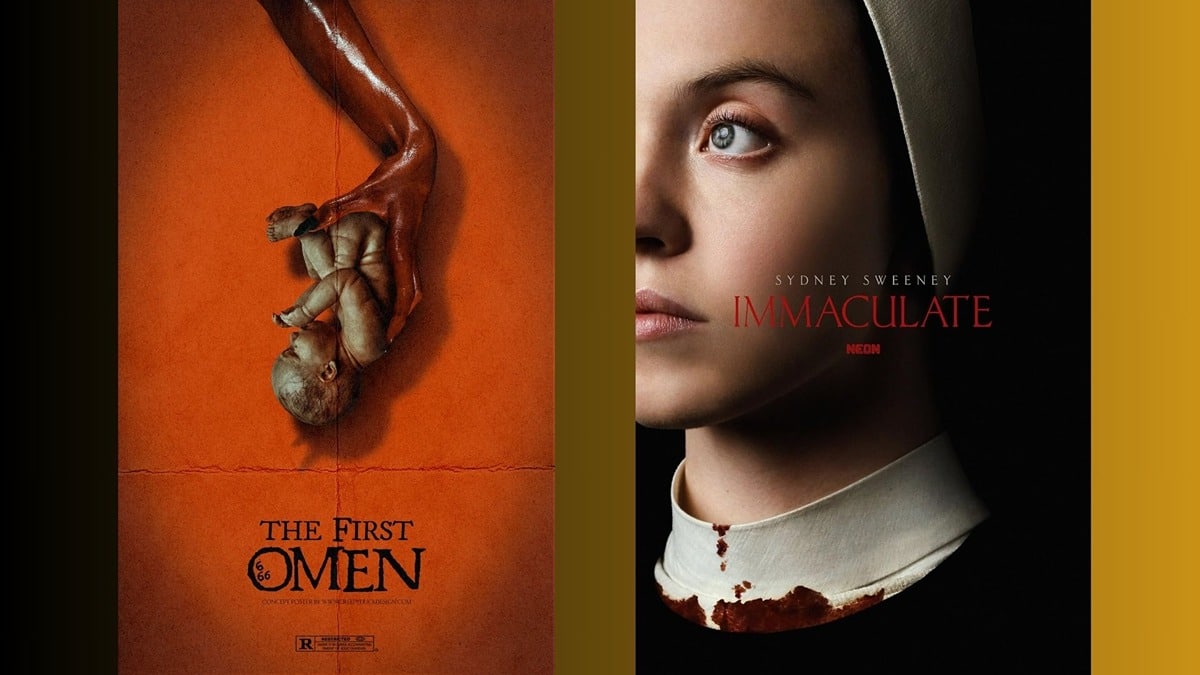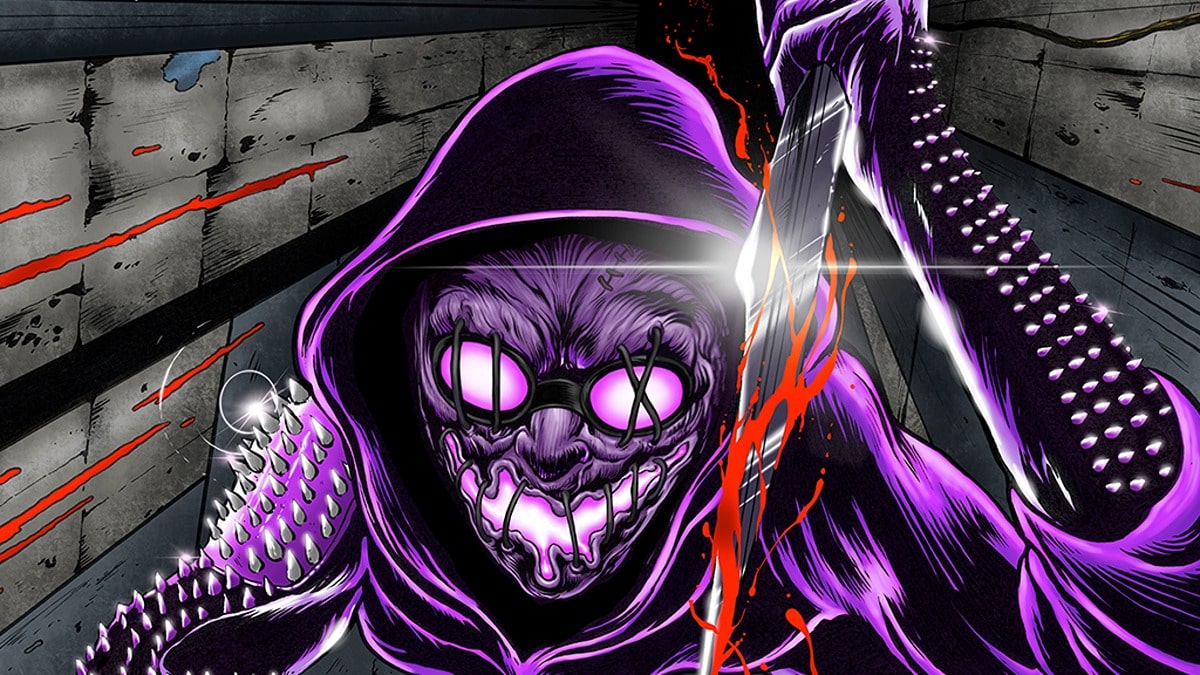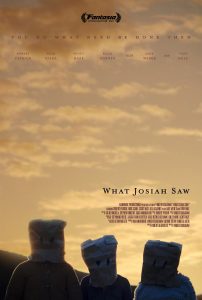
Vincent Grashaw’s What Josiah Saw will test your patience. It’s a deliberately slow-paced tale about a family enveloped in unspeakable sins and how dark their lives have become because of them. It gets heavy and the more horror aspects of the narrative are kept subtle until the film reaches the final act and your patience is rewarded with a masterfully executed conclusion that leaves the audience no choice but to dive into the darkness and face the ugliness.
What Josiah Saw follows a Texas family—2 brothers, a sister, and their father (played respectively by Nick Stahl, Scott Haze, Kelli Garner, and Robert Patrick)—that’s being offered a hefty deal from an oil company to buy their land. Problem is, the land is considered haunted, with stories that tell of the ghost of a woman that hung herself on the property. That woman is the family’s matriarch and the story behind her hanging ties directly into the mysteries that slowly unravel throughout the story.
The movie can best be described as a giant puzzle with missing pieces that are not only intentionally hidden but might not even fit together as well as expected upon first viewing. It favors those with a keen analytical eye for detail.
The story’s divided into three big sections that initially seem almost entirely unrelated. For a moment there during the early goings of the second section, I entertained the idea that the movie was going for a very loose anthology format where an overarching theme provided the connective tissue.
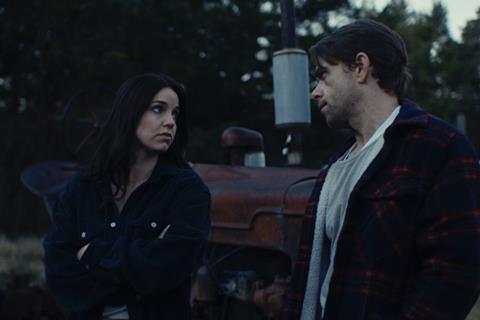
A series of key revelations start bringing everything together, though. Shared experiences start peeling back the layers of family history to show how abuse, extreme religious worldviews, and forbidden secrets are responsible for the overwhelming sense of doom that hangs over each character.
Doom is the keyword here. What Josiah Saw is unafraid to remove hope and reconciliation completely out of the picture if it allows for something more interesting to be said as it ramps up the terror towards the end. The performances sell the audience on this aspect quite well, with Robert Patrick’s being a highlight. He plays the role of a cruel father that might be put in a position we’re not always treated to in other movies dealing in abusive family dynamics.
Patrick develops such a presence with the screentime given to him that he becomes a kind of specter haunting the entire movie even when he’s nowhere to be seen. Nick Stahl as Eli, one of the two brothers, also greatly enhances that doomed sensation that seems to push each character into oblivion as the story progresses. Eli’s revealed to be an ex-con who did time for having sex with a minor who is also in deep debt with a criminal that would gladly put a bullet in his head at a moment’s notice.
Scott Haze and Kelli Garner also churn out stellar performances that do their part well to add to the dark existential well everyone’s fallen into. The movie’s success is really carried on their shoulders and how well they set the horror that binds them together.
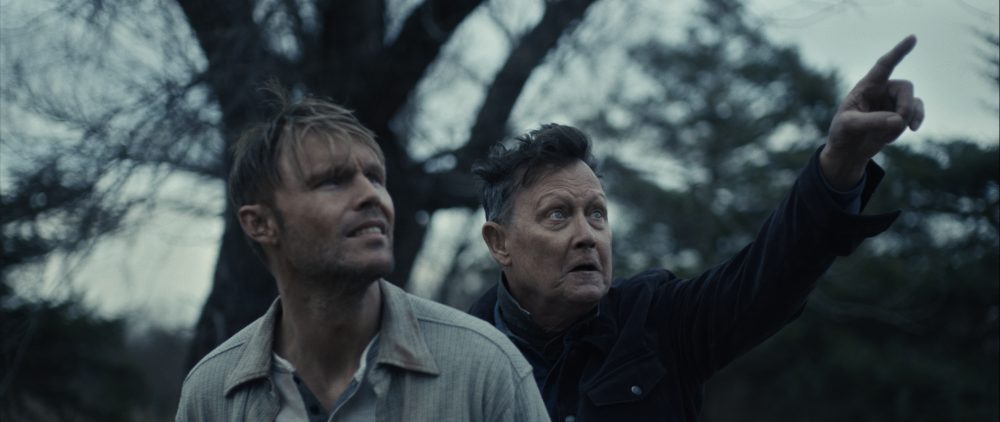
The script, written by Robert Alan Dilts, deserves special mention. One can appreciate how delicate the process of telling this type of subtle horror story can be the deeper it delves into its characters, especially in terms of how difficult it must be to carry so many big moments in a tale that thrives on not pulling back the veil on the whole picture. Filmmakers and screenwriters looking for a meaty script to dig into and dissect have a good one in Dilts’ work here.
What Josiah Saw requires a certain type of endurance not many other pictures are willing to ask of their audiences, but Greshaw’s direction, the cast’s performances, and a strong script guarantee an experience worthy of discussion. It’s the kind of movie you need to sit down and break down with a few of the people you saw it with. It sticks with you and doesn’t let go until you’ve talked about it. It’s a dark delicacy of the rare kind.


